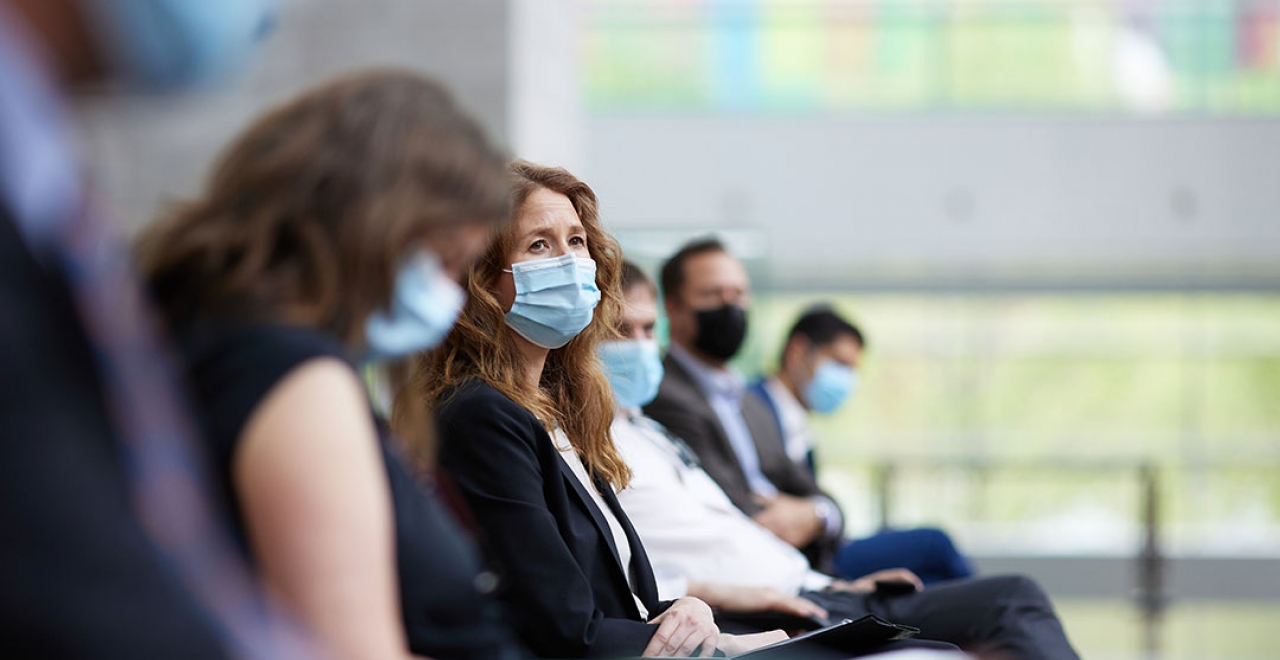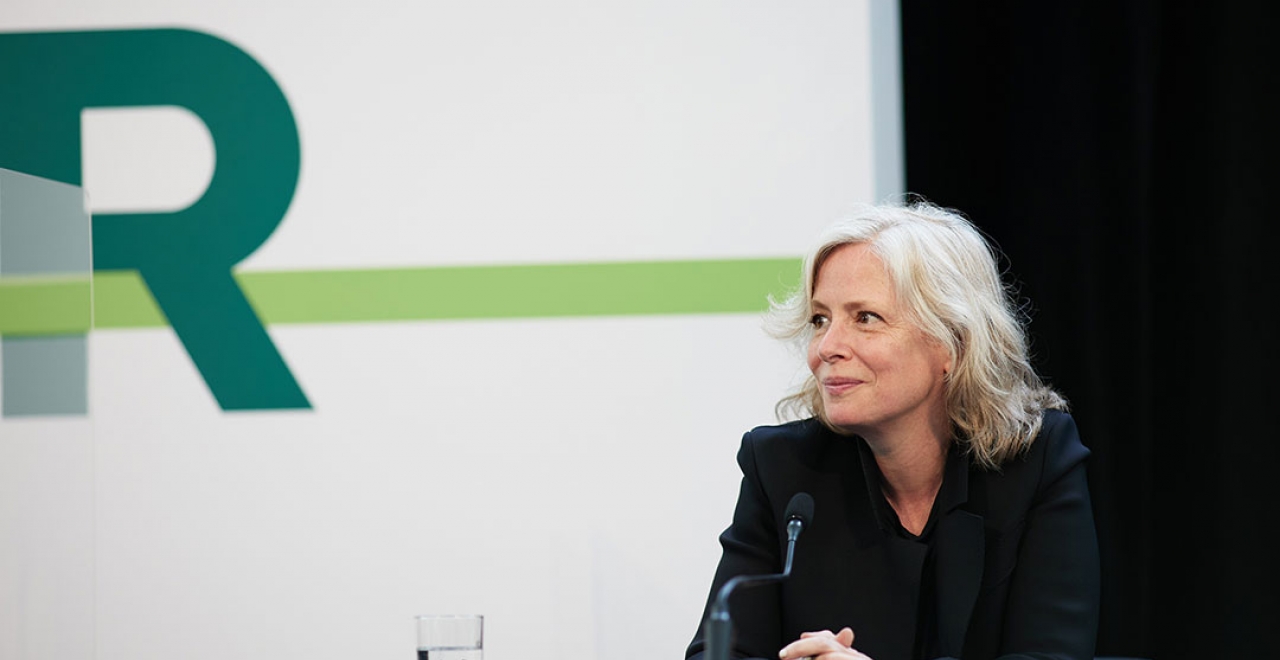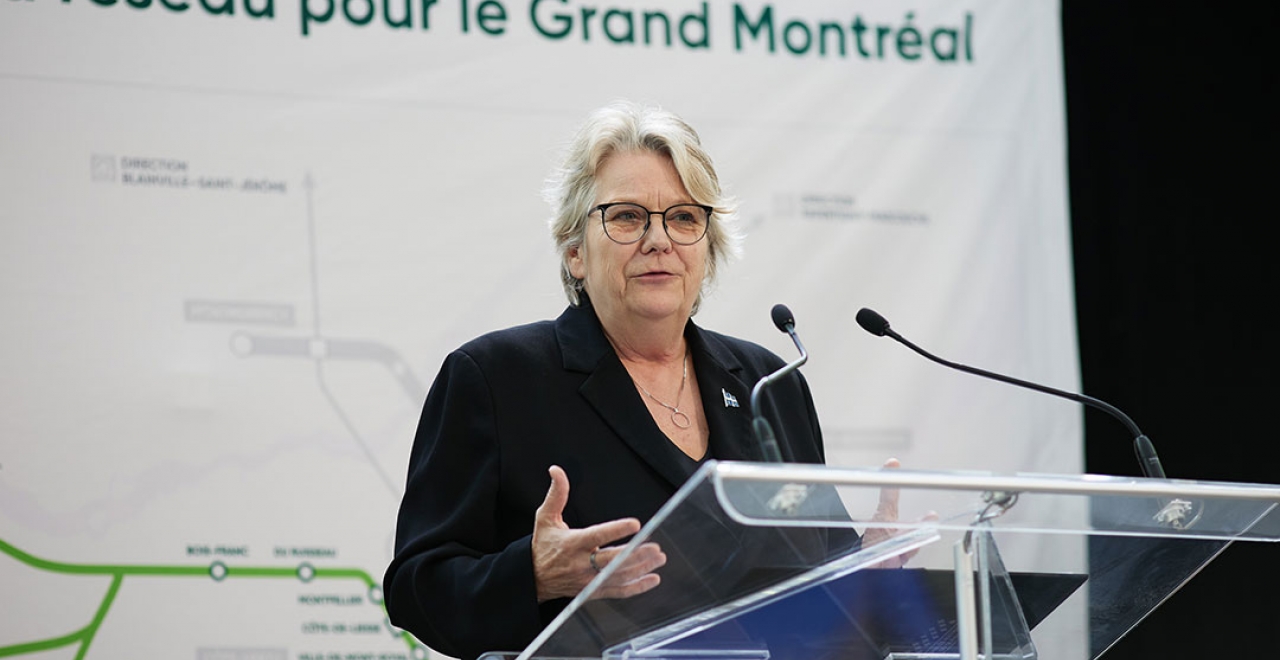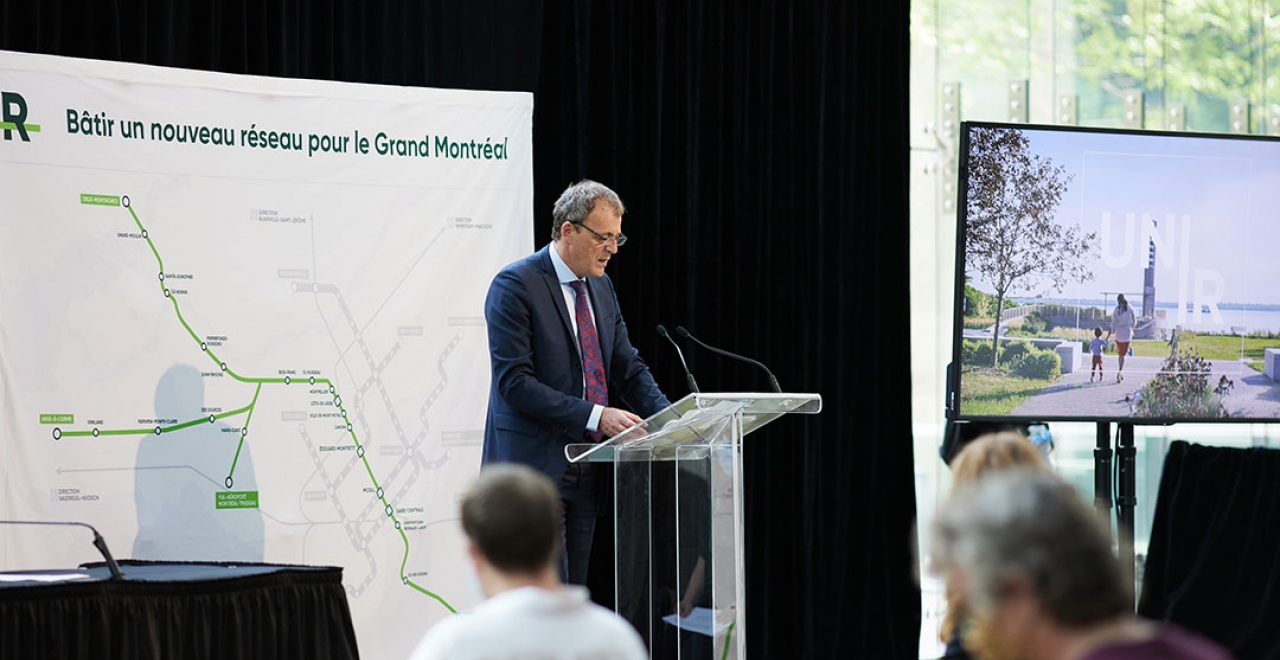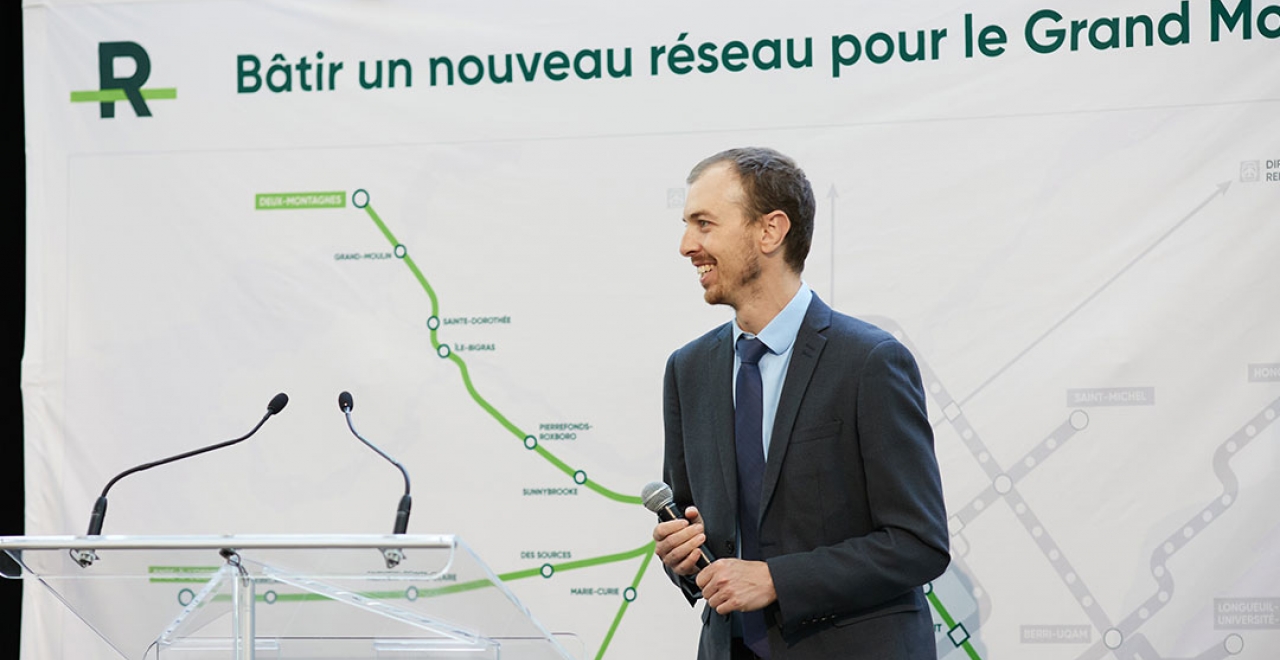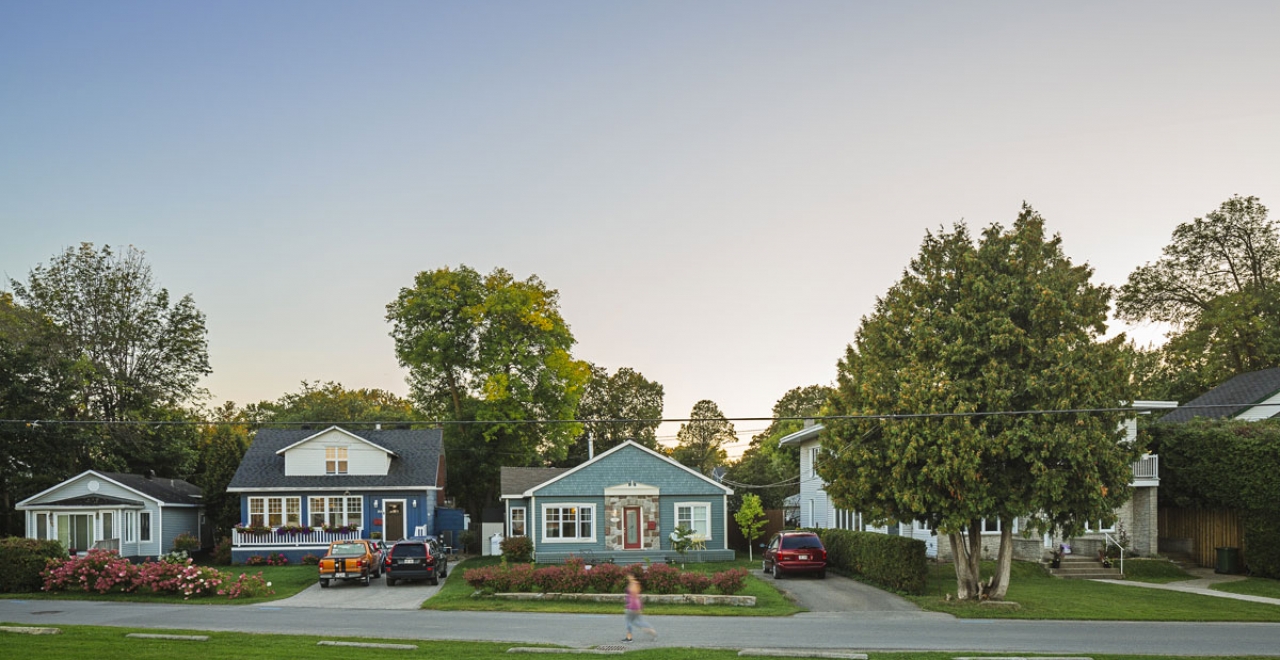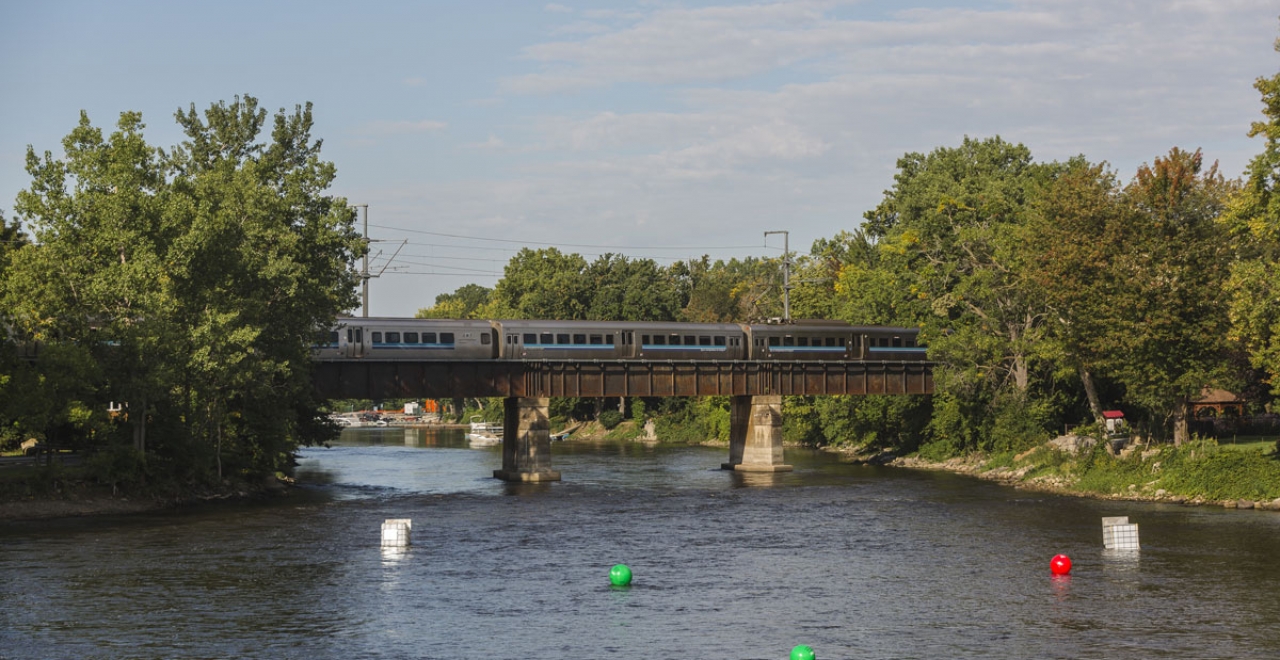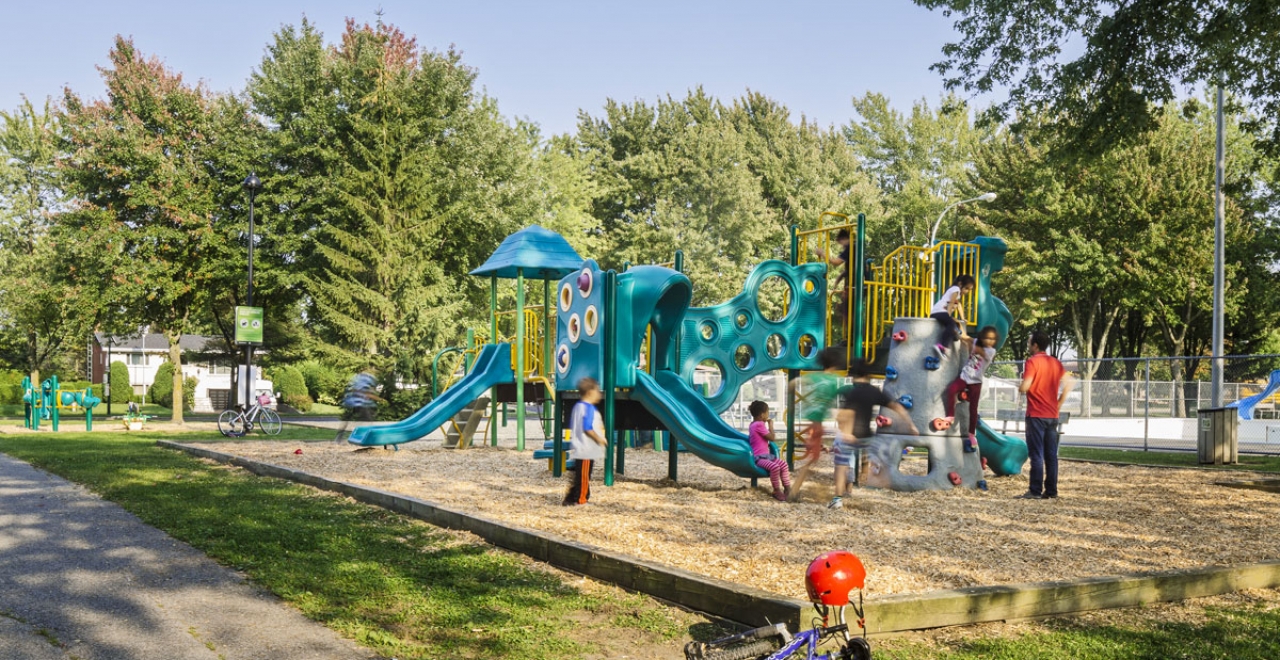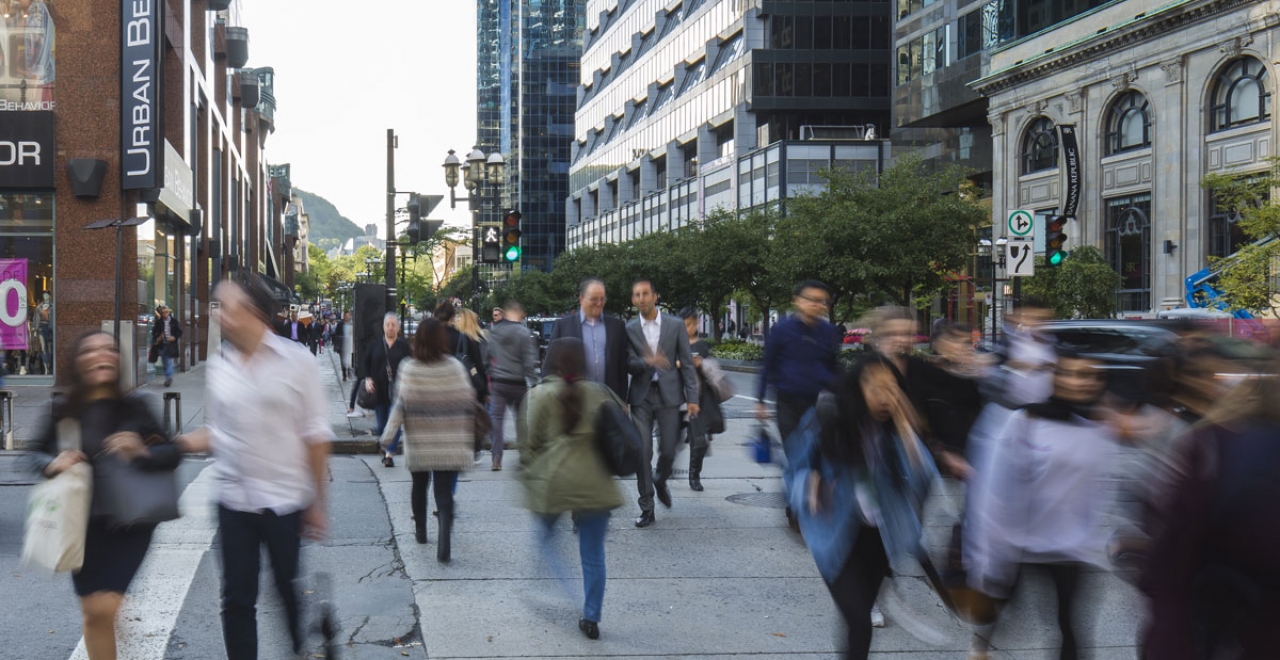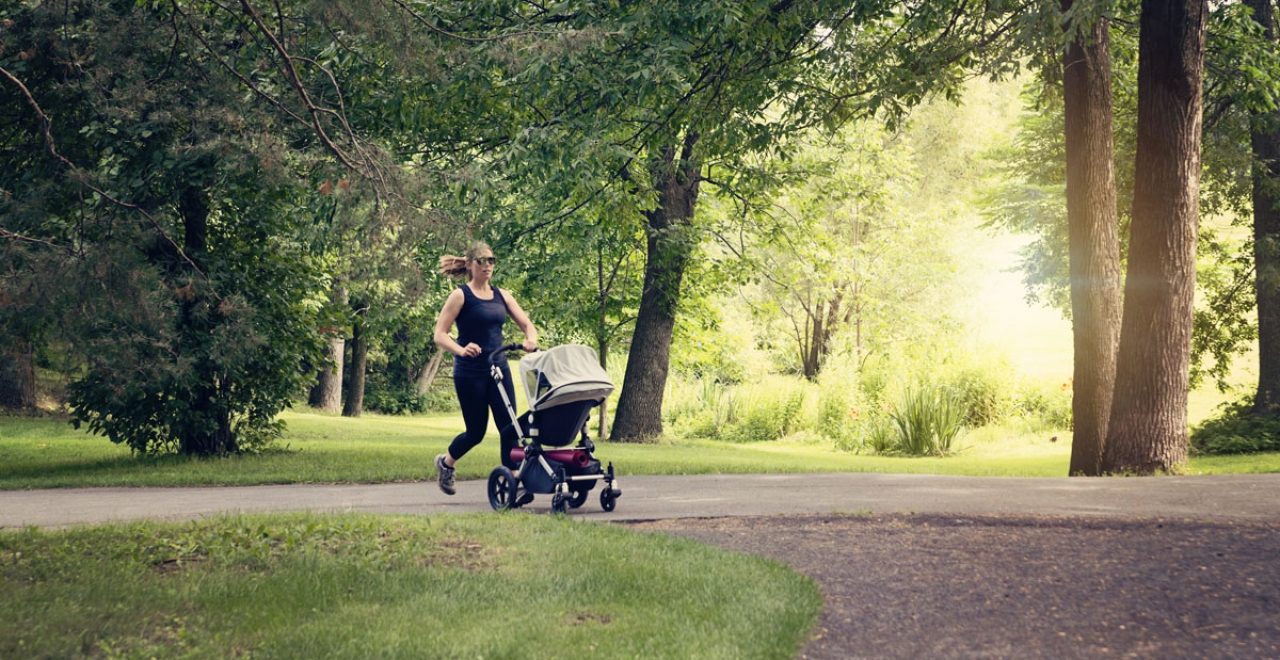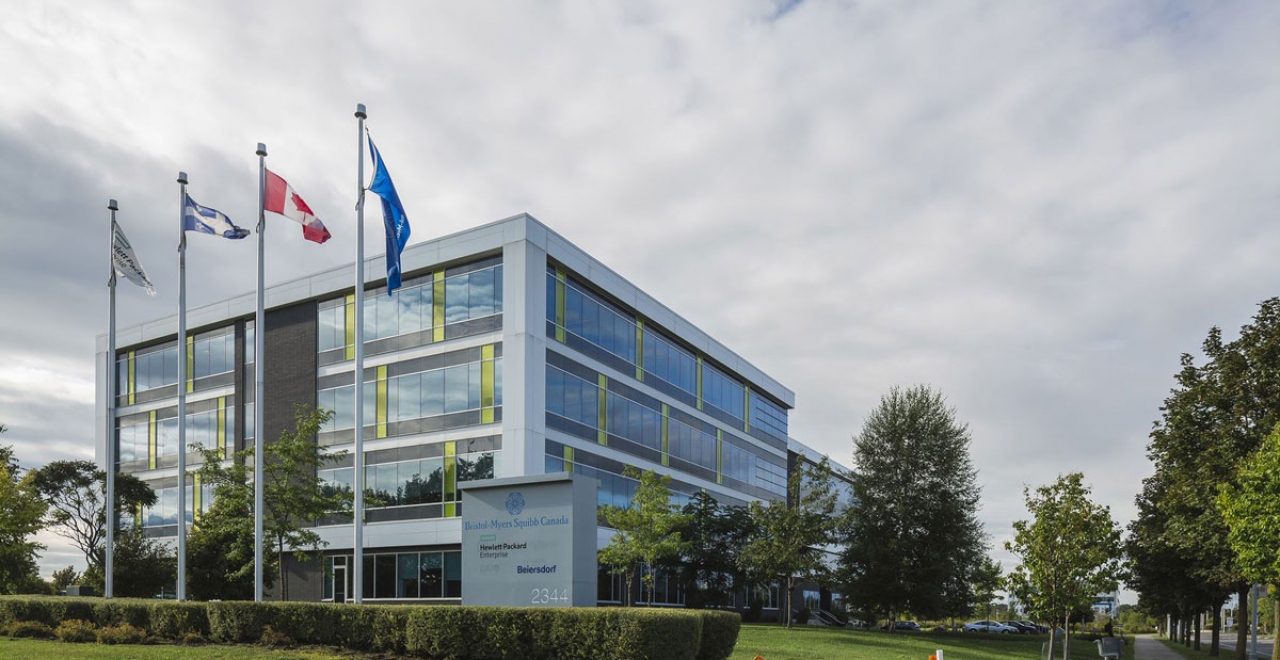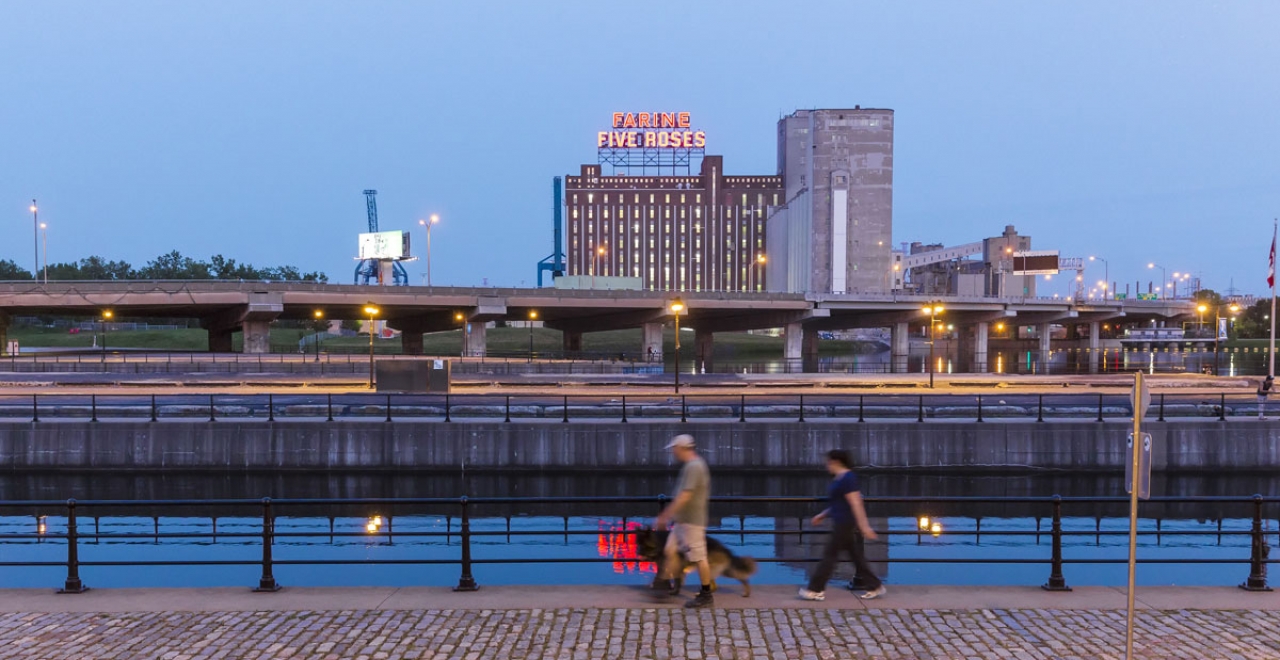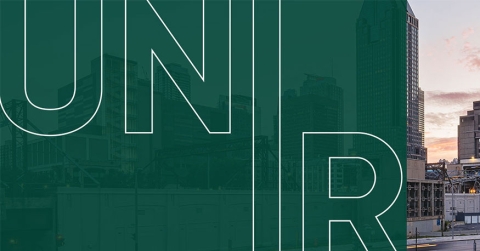
Unveiling of the REM public art program
Once the first section of the REM is in service, users will be able to travel on it and be greeted at the station by works of art that are ambassadors of the lightrail metro.
The Réseau express métropolitain public art program was unveiled today. Here are the highlights of this innovative program.
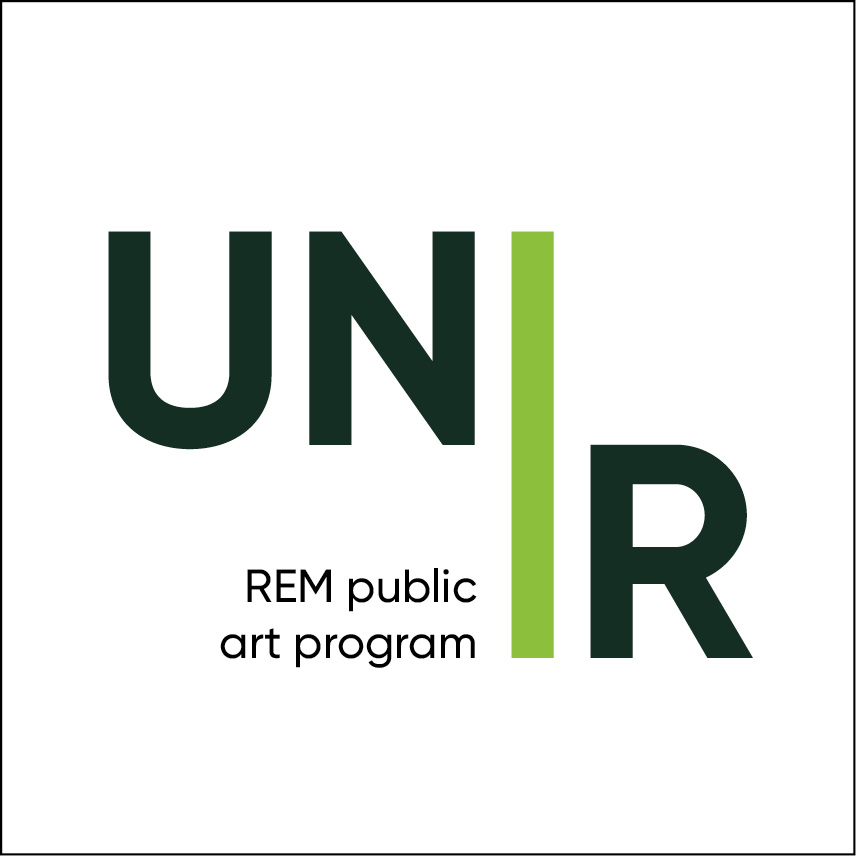
Named “UniR,” the public art program draws its inspiration from the union of art, transit users and the neighbourhoods served by the REM.
The word “UniR” includes “uni,” which is a nod to the innovative agreement with four major Montréal universities, which are an integral part of the program.
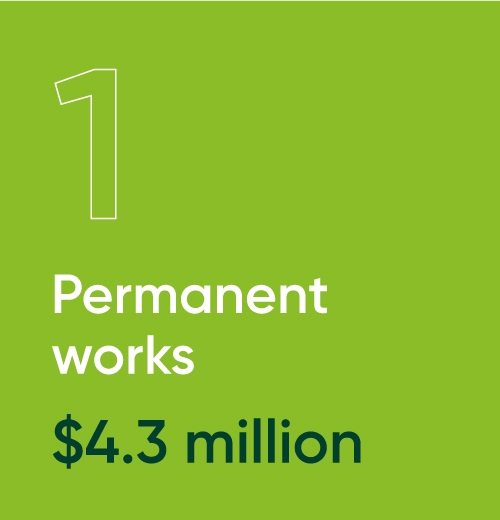
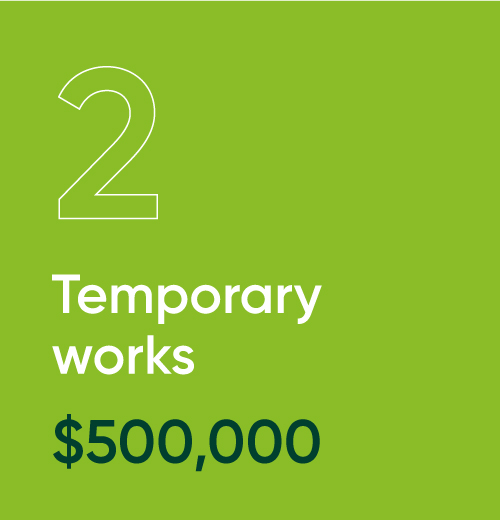
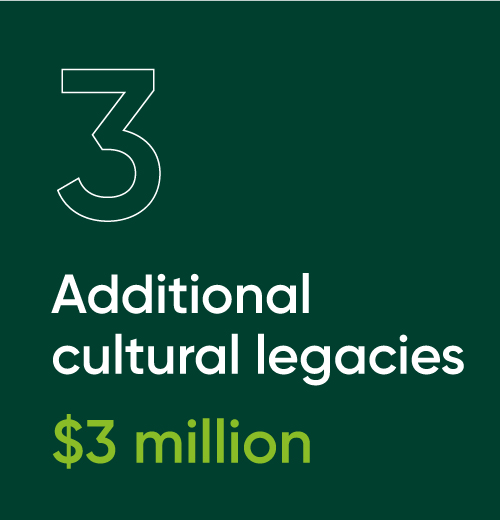
1 - Permanent works
A collection of permanent artwork will be strategically located throughout the network, in a variety of places on the four REM branches. The works will highlight the locations served by the REM and the interaction with users. The creations will represent a diversity of artistic experiences and call upon the most innovative artistic approaches in public art in Quebec.
Permanent works – Value: $4.3 million
These works will be funded through the Politique d’intégration des arts à l’architecture et à l’environnement des bâtiments et des sites gouvernementaux et publics (policy for integrating art into the architecture and environment of government and public buildings and sites). This policy, in effect since 1961, aims to allocate approximately 1% of the construction or development budget of a public site to the creation of works of art.
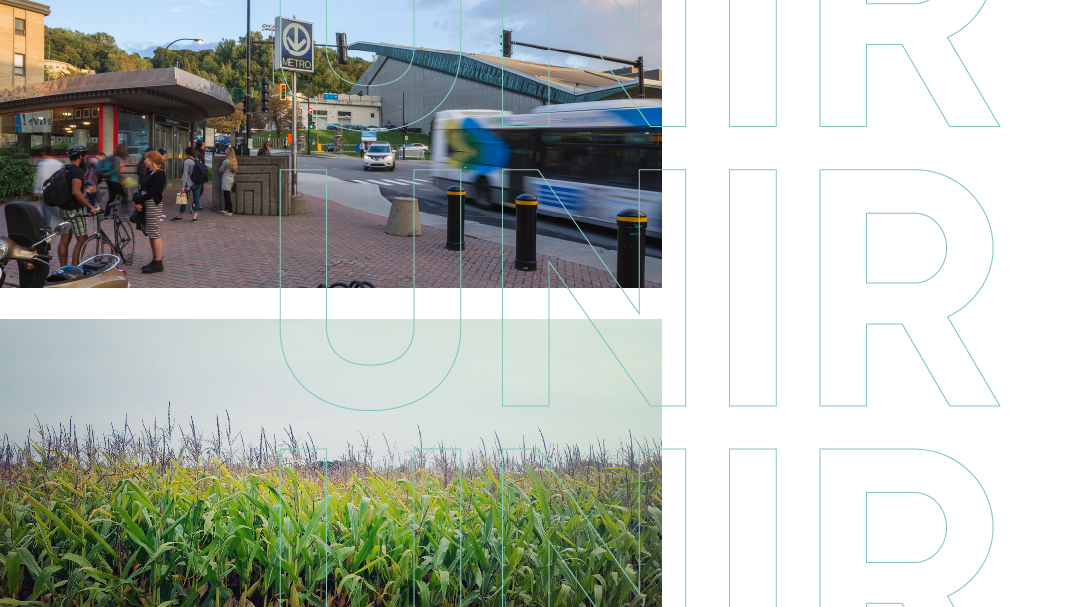
2 - Temporary works
One of the innovative features of the REM art program is the inclusion of temporary works. Over a four-year period, a piece of artwork or an installation will be displayed each year. The Griffintown area is targeted as the main location for this program.
These temporary works will be created in partnership with Montréal’s four universities—Université du Québec à Montréal, Université de Montréal, McGill University and Concordia University—as part of an interuniversity course designed specifically for the REM.
Temporary works – Value: $500,000
These works will also be funded through the Politique d’intégration des arts à l’architecture et à l’environnement des bâtiments et des sites gouvernementaux et publics.
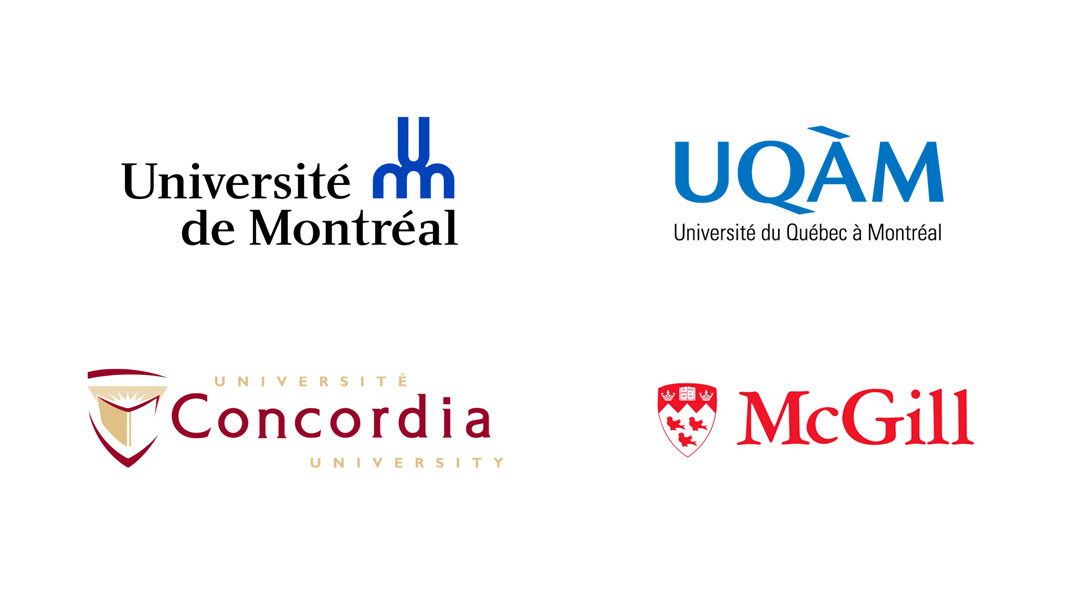
3 - Additional cultural legacies
In addition to complying with the Politique d’intégration des arts à l’architecture et à l’environnement des bâtiments et des sites gouvernementaux et publics, CDPQ Infra has also committed to making an additional contribution to support public art. Other special projects may therefore be displayed in the network.
In particular, this investment will make it possible to:
-
Expand the cultural legacy CDPQ Infra wishes to leave, by enhancing the art collection and carrying out impressive projects
-
Set up a mosaic art project
Additional cultural legacies – Value: $3 million
Integration of the artwork
Where will the artwork be installed in the REM? The UniR program has established seven main priorities for the installation of the artwork:
Next steps and selection of artists
In 2021, the process of selecting the artists and works will begin. The first artists selected for the South Shore sector will be known next year (2022). The first works of art will be installed in time for the REM’s commissioning on the South Shore section.
Stay tuned throughout the coming months for the unveiling of the works of art and their official locations.
Program Master Plan
Want to know more about the program? Access the Master Plan.
REM and Art
Discover the artistic collaborations made so far and see the REM through the creations of local artists!
